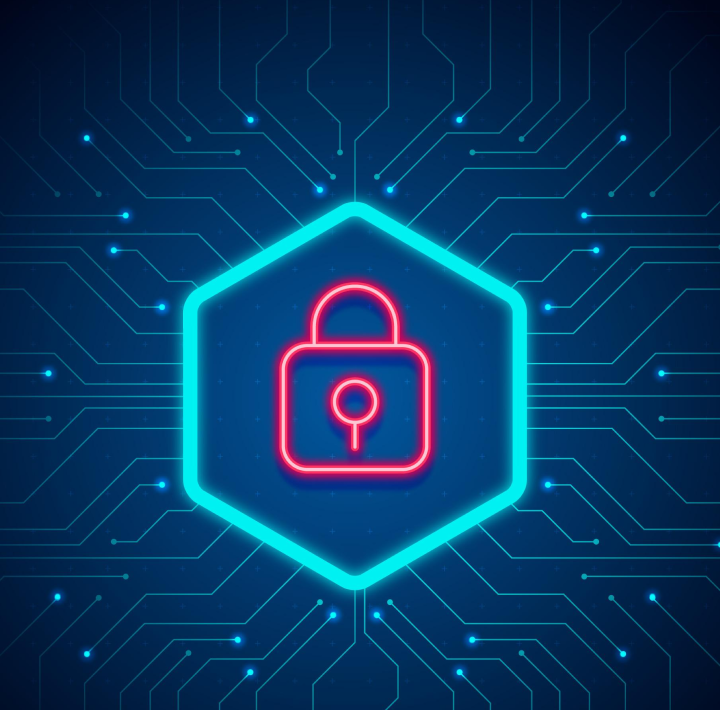Perpetrators have the edge today and are highly motivated by the profits earned by invading an enterprise’s security network and exploiting its valuable sensitive data.
Companies who haven’t been a victim of a cyber attack are lucky enough to count on their blessings while those who have borne the damage and loss of their digital assets need to count on the risk and vulnerability management strategies and tools to build up a strong immunity against the cyber dangers.

Realizing a hacker attack that occurs every 39 seconds, on average, the cybersecurity industry needs to get a hefty cover utilizing modern technologies like that of Artificial Intelligence and Machine Learning.
Putting more resources into security and breach prevention one won’t be able to prevent a malicious attack on the IT infrastructure of a business, nonetheless, there are ways to improve organizational and individual habits and incorporate key strategies to bolster security and significantly lower risks.
We have outlined some proven ways for risk mitigation and reducing the impact of cybersecurity threats. Take a rundown:
#Identify and Document Asset Vulnerabilities
The initial step towards mitigating risks is to assess them and find out what makes your business vulnerable to cyber threats and where the major loopholes reside.
Keep a check on the following contexts:
- What information do your tools collect?
- How is the data storage done?
- In which format data is stored?
- Who has access to your data?
- How are your systems and networks secured currently?
- Do machines before disposal are wiped out completely?
- Are your employees well acquainted with internet safety training?
These questions must be closely analyzed along with conducting a risk assessment to get insights into the level of risks your company is vulnerable to.
#Assess the listed Risks and Vulnerabilities
After analyzing the potential mediums of incoming risks, now is the time to determine what services are running, whether your software systems are compliant and up-to-date, and then look for known vulnerabilities.
There are myriad tools available that can be used to scan the business network and its assets. Some of them even help the administrators to execute predefined exploits against systems and use brute force attacks against end-users.
Furthermore, you may also transition your focus towards penetration testing to gauge your organization’s resilience and remediation to avoid all sorts of malicious attacks.
#Prioritize Risk Responses
The next undertaking after you learn about the impact web dangers and risks can have on your business is to prioritize how to resolve and remediate immediate loopholes occurring within the network.
Make sure that any changes made to the IT infrastructure don’t exploit the security and test and verify them to keep the security of your assets intact.
Moreover, as we know that people and employees are the greatest liability, ensure that all the policies and rules are clearly documented and diligently conduct webinars and educational programs to inform customers as well as personnel of the risks that may incur from today’s interconnected ways of doing business.
#Establish Network Access Controls
On identifying and prioritizing risks, center your focus to establish network access controls to mitigate risks by verifying and validating the user access privileges.
The company’s administration department must be proactive to assign access to the company’s personnel as per their job function and allow user-access privileges on an as-needed basis to a specific group of people.
It’s crucial to realize that as the count of connected devices over a network increases, endpoint security becomes a growing need as it helps to determine the potential security weak spots within a system.
#Deploy Firewalls and Antivirus Software
Proceeding further, we come to a significant cybersecurity risk and vulnerability mitigation strategy: the installation of firewalls and antivirus software.
A firewall is a technical tool that acts as a buffer between a company’s network and the outside world. Deploying firewalls allows the organization to have enhanced control over the incoming and outgoing traffic.
And, antivirus software, in parallel, searches and scans your devices and networks to find out potential risks and malicious threats that may be present within your IT infrastructure unknowingly.
Both these technology defenses are must-haves for a business to keep itself protected from cybercriminals.
#Continuously Monitor Network Traffic
Again, to prevent network and security risks you must be proactive and take proactive actions while continuously monitoring network traffic and the cybersecurity posture and its maintenance.
If you do not accommodate a cybersecurity specialist, prefer relying on tools that enable real-time threat detection and risk remediation to gain a 360-degree view of your organization’s entire IT ecosystem.
This will strengthen your security posture.
Are you Proactively Mitigating and Remediating Cyber Risks?
Finally, it should be noted that the company must assess, depending on the risk and its resources, what security measures it can resolve internally, through its means and staff, and what measures will be preferable to hire through external companies that offer effective solutions on cybersecurity.
Knowing your company’s vulnerabilities is the first step to mitigate risks and we at CodeGlo help you plan for a guaranteed attempt to be prepared for any type of cybersecurity risks to overcome. Meet our experts and know how they can thwart them.







